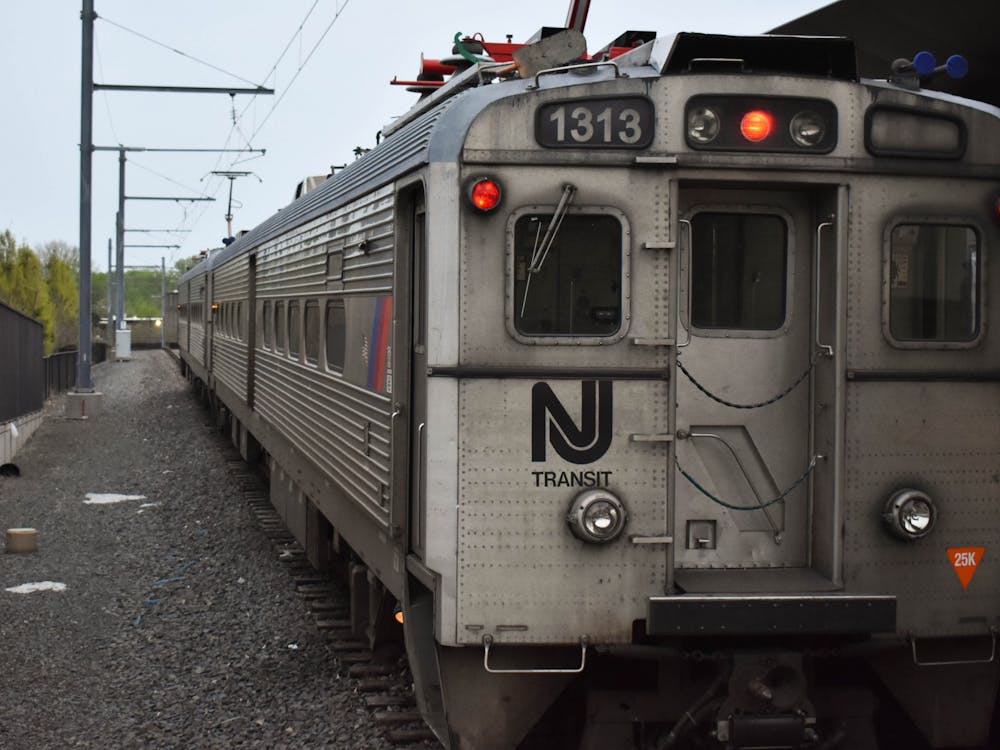The statistics seem to speak for themselves: Roughly 2 to 3 million more young people voted in the 2008 election than did in 2004, as part of a wave of new voters in what may turn out to be the highest voter-participation rate in a century. That aside, it's important to temper the optimism about youth participation with a dose of reality and with the uncomfortable idea that high youth turnout in 2008 may have been a statistical anomaly.
Analysis of numbers already available paints a picture that is at once encouraging and disheartening. On one hand, exit polls suggest that around 60 percent of new voters this year were under 30 years old, but the youth vote percentage this year will almost certainly fall a few points short of its all-time high, 55.4 percent in 1972. The youth vote was a deciding factor for candidates in some states (e.g. Obama in Indiana), but participation by young people, based on initial estimates, looks as though it will be at least 5 to 6 percent lower than the national average.
Even if we remove voter participation from the equation, the story remains the same. Another crucial part of the equation is youth involvement in campaigning. By those standards, we could easily conclude that 2008 was a fantastic year nationally. The situation was no different here at Princeton. While volunteering numbers are nearly impossible to pinpoint, a good indicator of involvement is the size of e-mail listservs; by that standard, both the College Democrats and College Republicans have reported that they did phenomenally well this year.
Yet this rosy picture painted by volunteering needs to be taken with a grain of salt as well. Two immediate concerns present themselves. First, why is it that, even in a year when we face the greatest financial crisis since the Great Depression, two wars and a huge national debt, the Campus Democrats and Republicans weren't absolutely overrun with volunteers? Why is it that we consider it astonishing that the College Democrats were able to marshal 50 students to campaign in Virginia over Fall Break? Given how unabashedly liberal the Nassau Research poll reported by The Daily Princetonian before the election suggests we are, shouldn't that number be have been more like 500? Second, was the real reason that young people turned out at higher-than-average rates and volunteered in droves this year that the candidate for whom they most often voted and canvassed specifically targeted the 18-29 demographic?
History professor Julian Zelizer told me, "to assume that this trend will continue in 2012 is ... simply unreasonable" and young people are "still not a political force to be reckoned with." He continued that there remain doubts in academia about whether the dramatic influx of youth participation and campaigning in this year's election can be sustained in years to come.
All in all, judging by participation rates and volunteering numbers, it seems we shouldn't conclude that 2008 constituted a radical paradigm shift for youth involvement in politics. There is cause for optimism, though. Religion professor Eddie Glaude GS '97 told me he thinks President-elect Barack Obama more benefited more from the forces of the echo boomer/"millennial" generation than created them. He sees the involvement of youth in the 2008 election as a harbinger of more participation to come. Zelizer suggested to me that it would take six consecutive election cycles of increased youth participation before we could really begin to count on 18-29 year olds as a reliable demographic. Glaude responded that we're nearly halfway there.
In sum, the need for a dose of realism to temper the optimism of youth participation in the 2008 election presents a challenge to all of us: to continue the momentum we generated this year and last. Instead of getting cynical, let's continue to look at politics the way we have for the last year: as an arena immediately accessible to us - one that can be changed when necessary.
The experts at MSNBC on Nov. 5 suggested that higher youth participation rates this time around were a surprise. They'd hardly been optimistic: "There's always that niggling fear that young people will do what young people are known for: flaking out, slacking off and failing to show up when it counts." Let's prove them wrong.

Charlie Metzger is a freshman from Palm Beach, Fla. He can be reached at cmetzger@princeton.edu.








